-
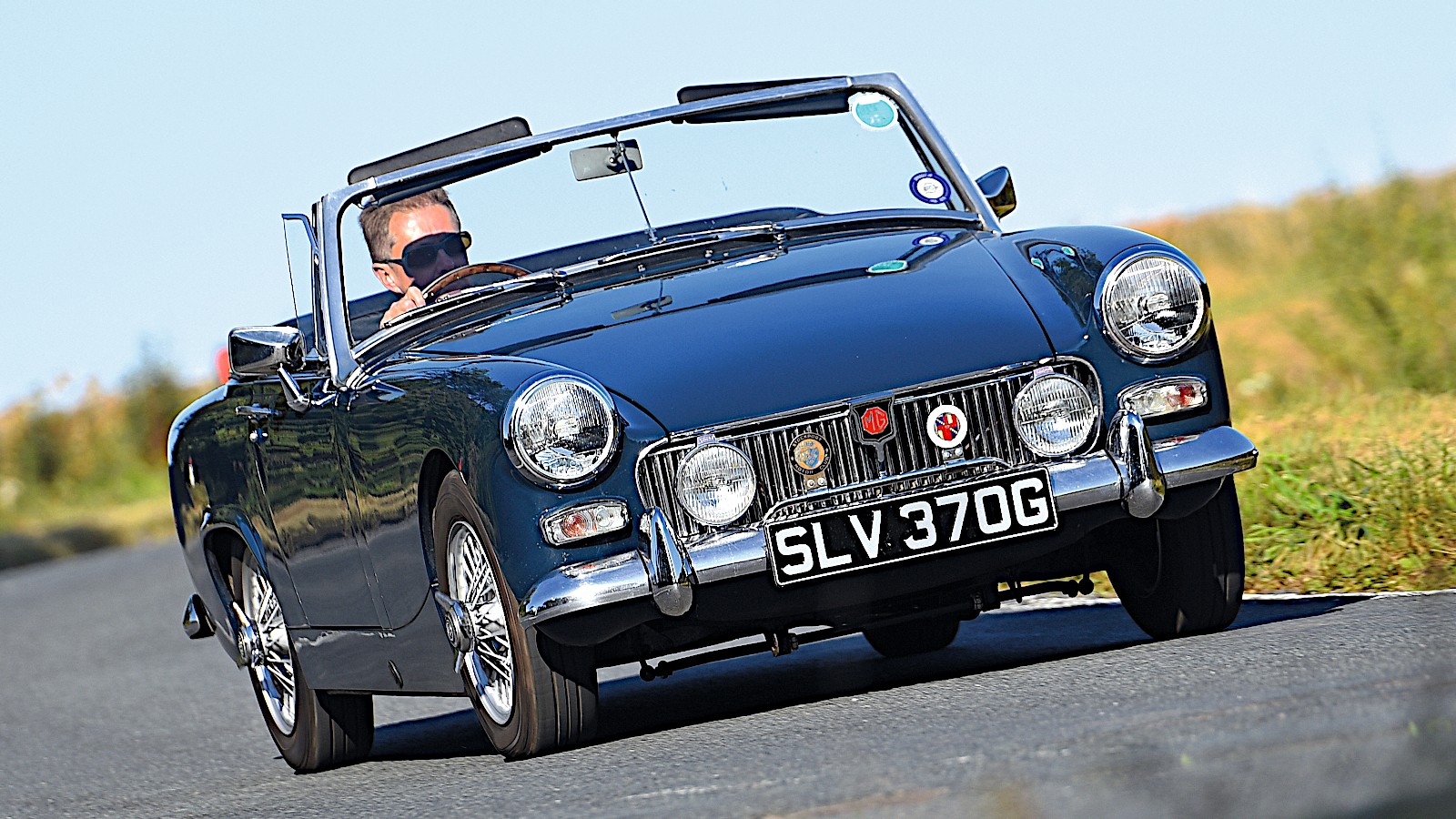 © Will Williams/Classic & Sports Car
© Will Williams/Classic & Sports Car -
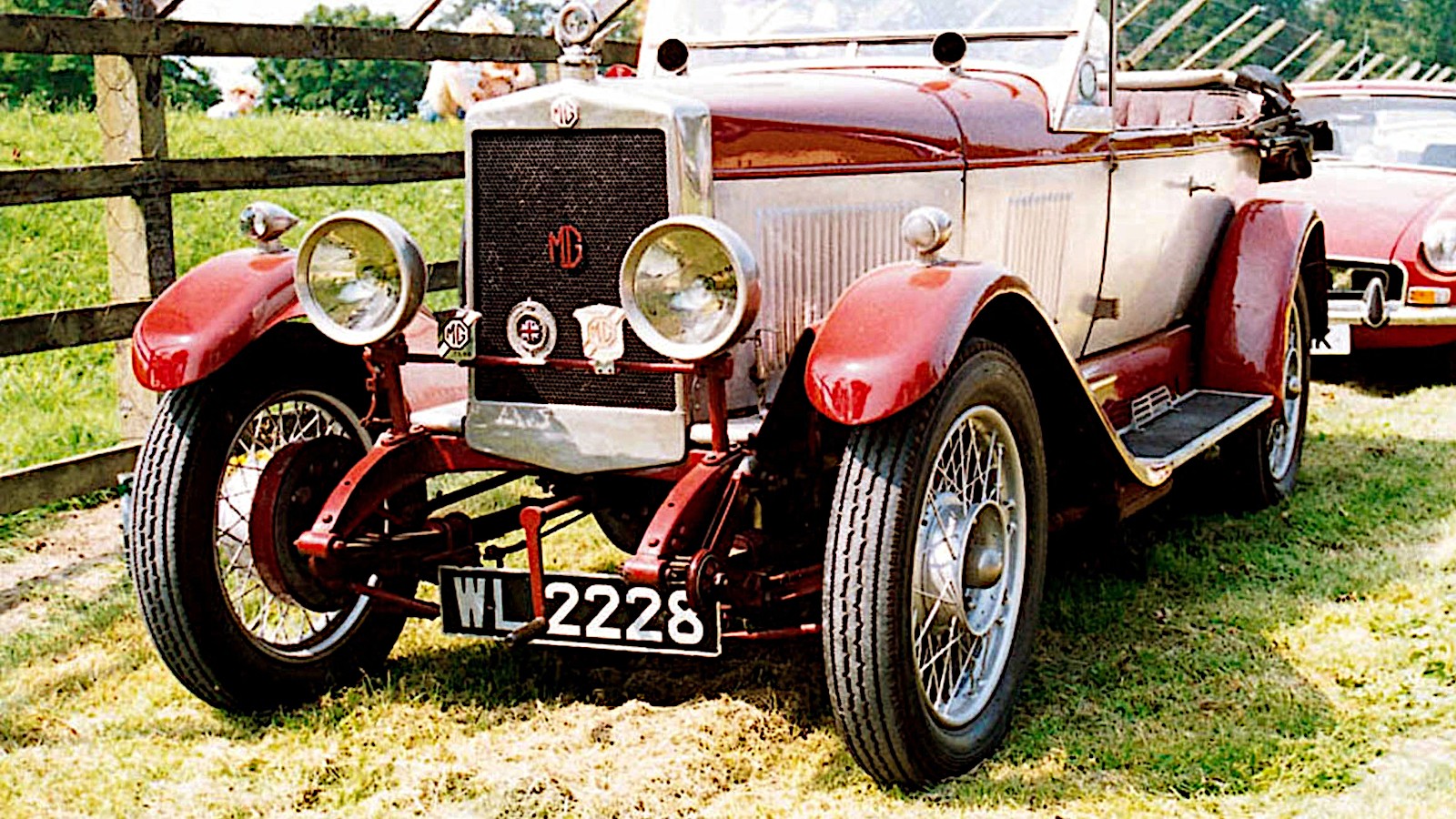 © MG Car Club
© MG Car Club -
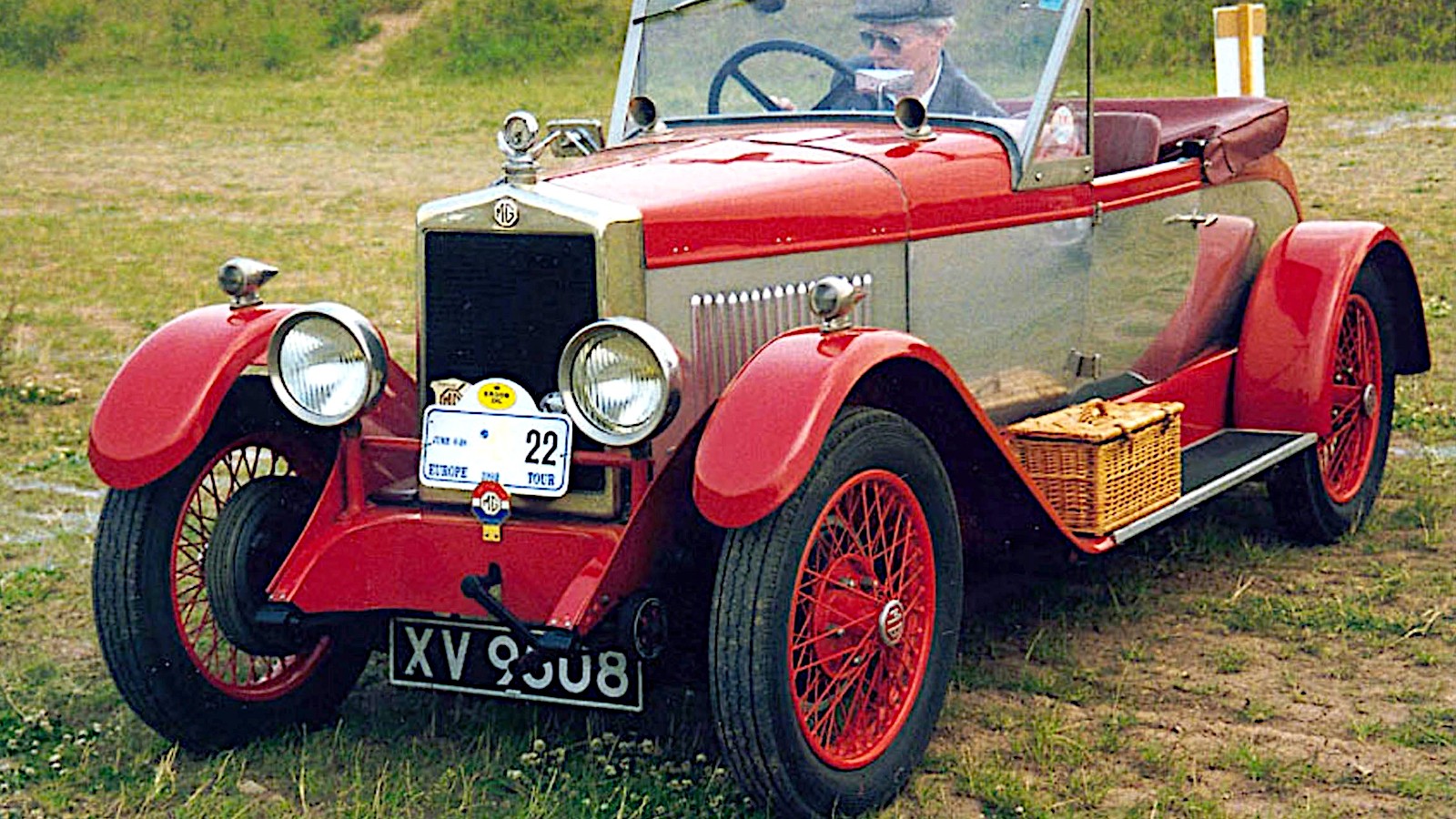 © MG Car Club
© MG Car Club -
 © MG Car Club
© MG Car Club -
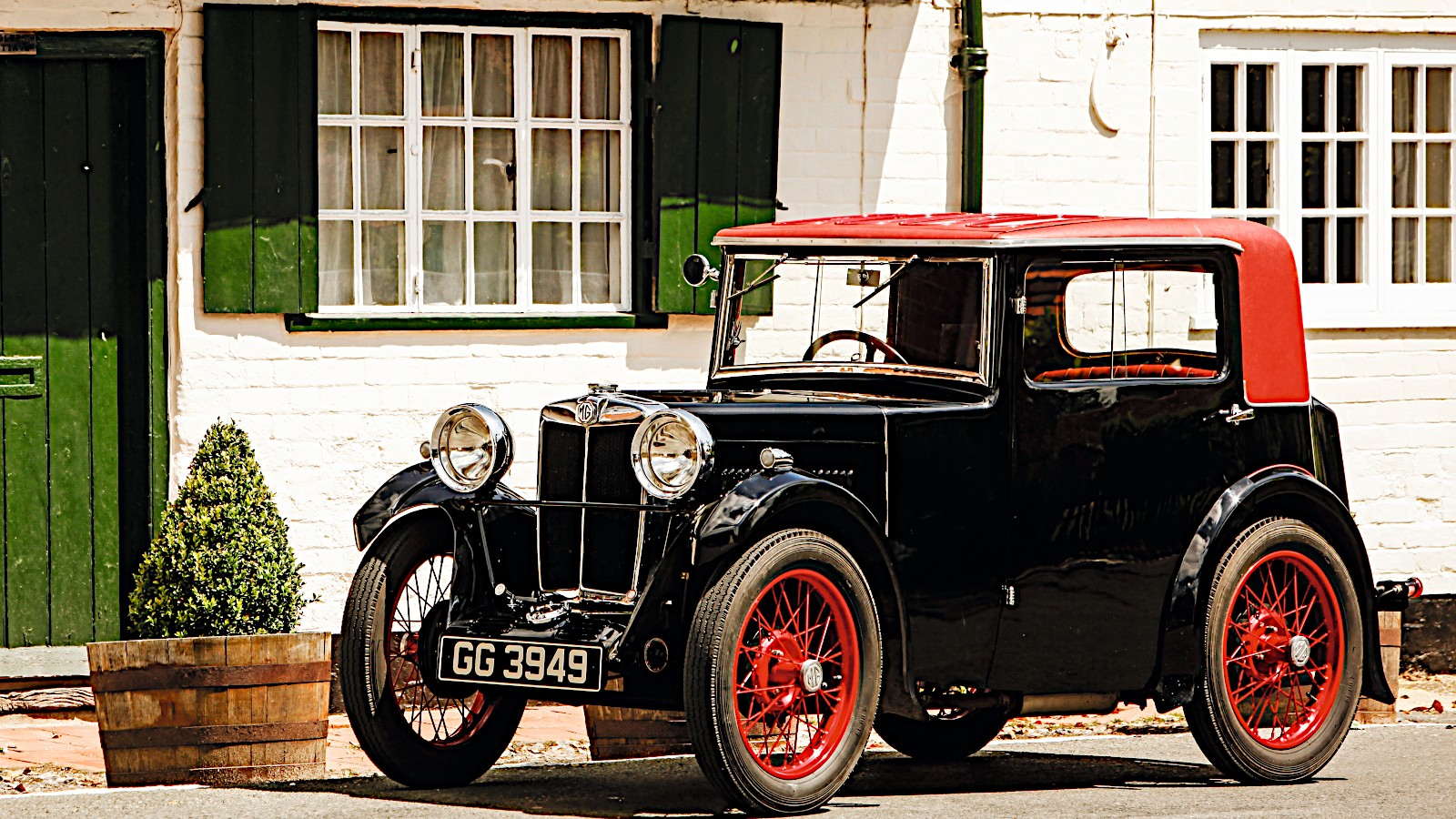 © Tony Baker/Classic & Sports Car
© Tony Baker/Classic & Sports Car -
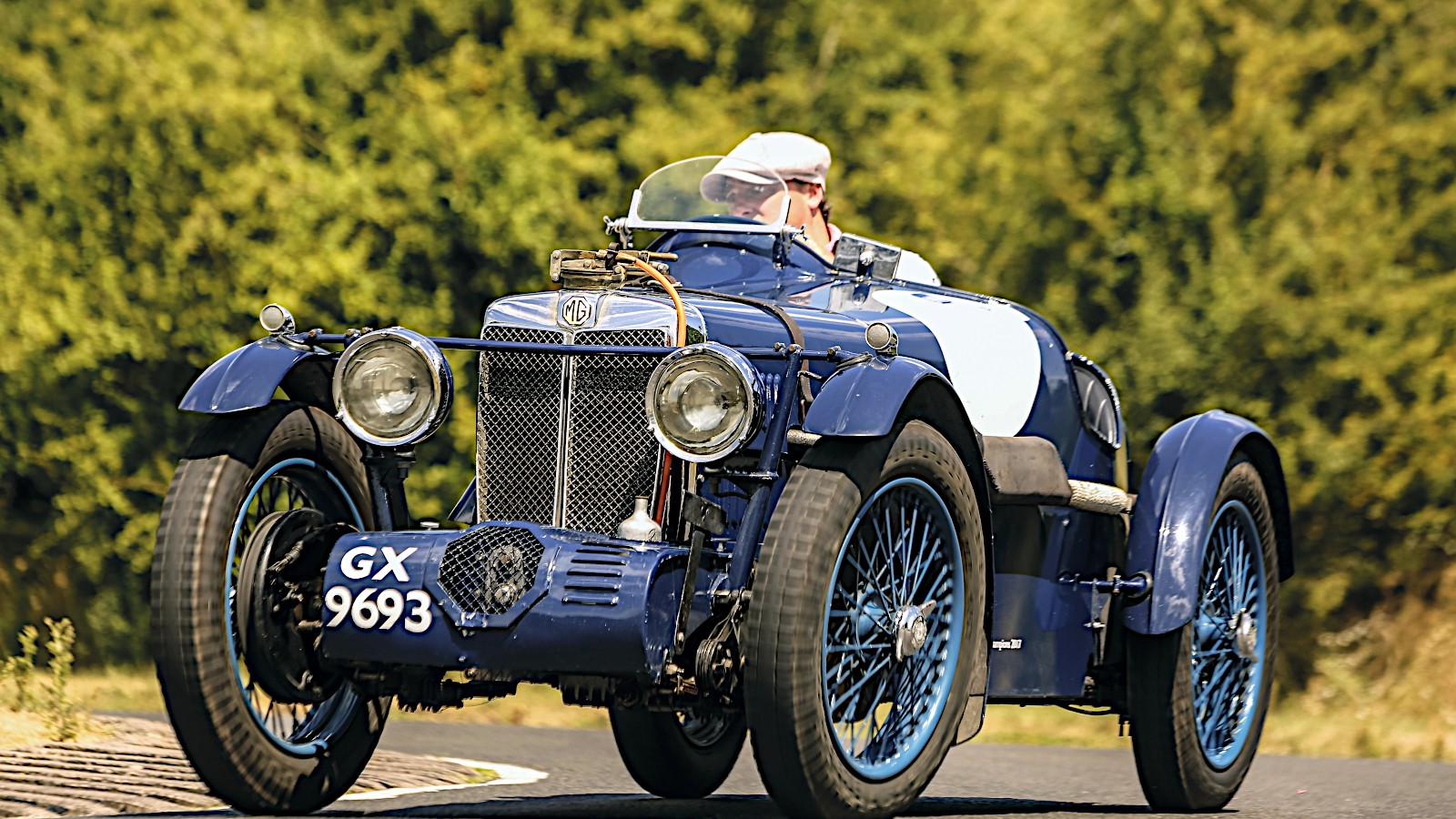 © Tony Baker/Classic & Sports Car
© Tony Baker/Classic & Sports Car -
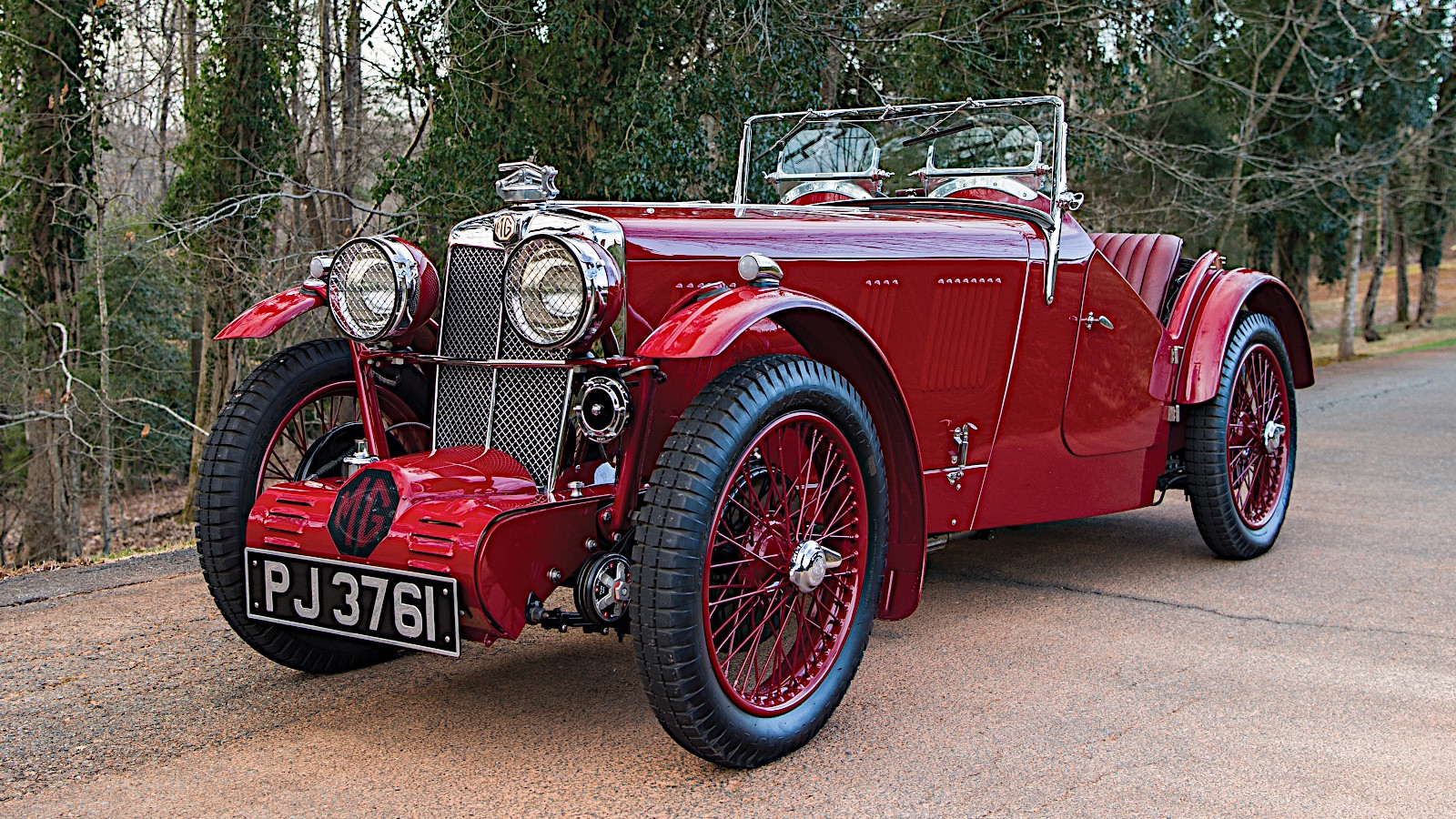 © Greg Kaysar/RM Sotheby’s
© Greg Kaysar/RM Sotheby’s -
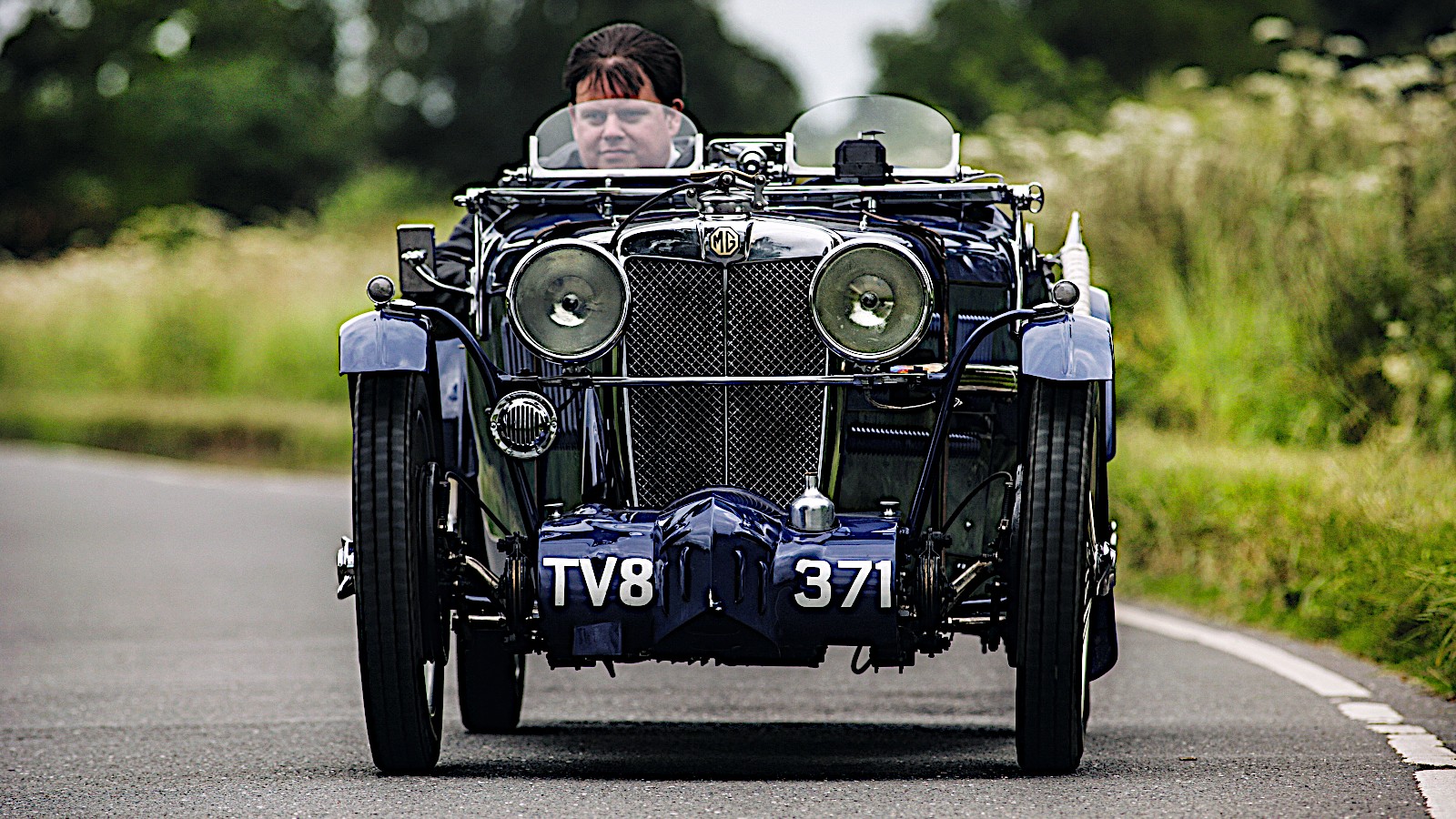 © Tony Baker/Classic & Sports Car
© Tony Baker/Classic & Sports Car -
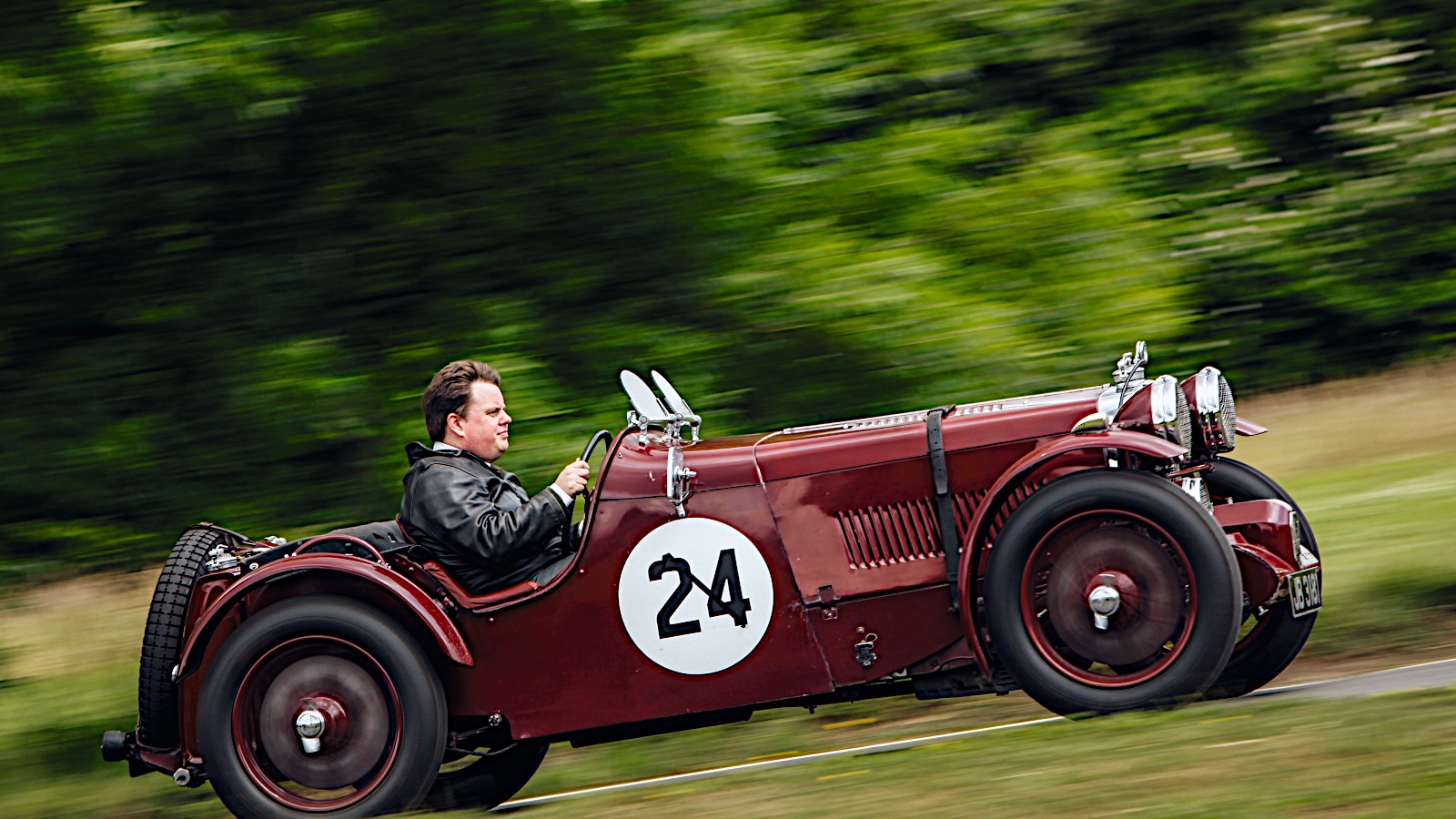 © Tony Baker/Classic & Sports Car
© Tony Baker/Classic & Sports Car -
 © RM Sotheby’s
© RM Sotheby’s -
 © RM Sotheby’s
© RM Sotheby’s -
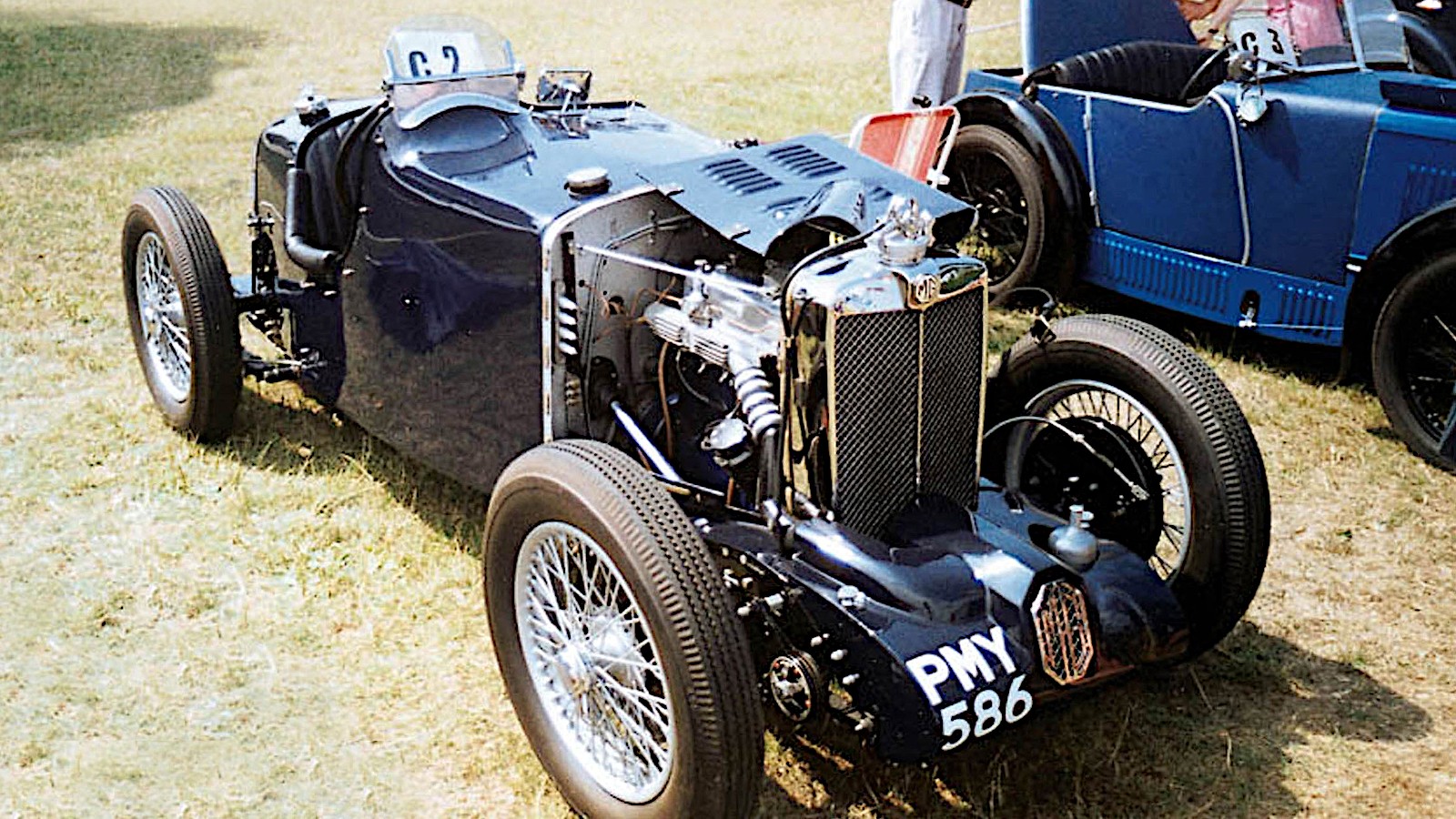 © MG Car Club
© MG Car Club -
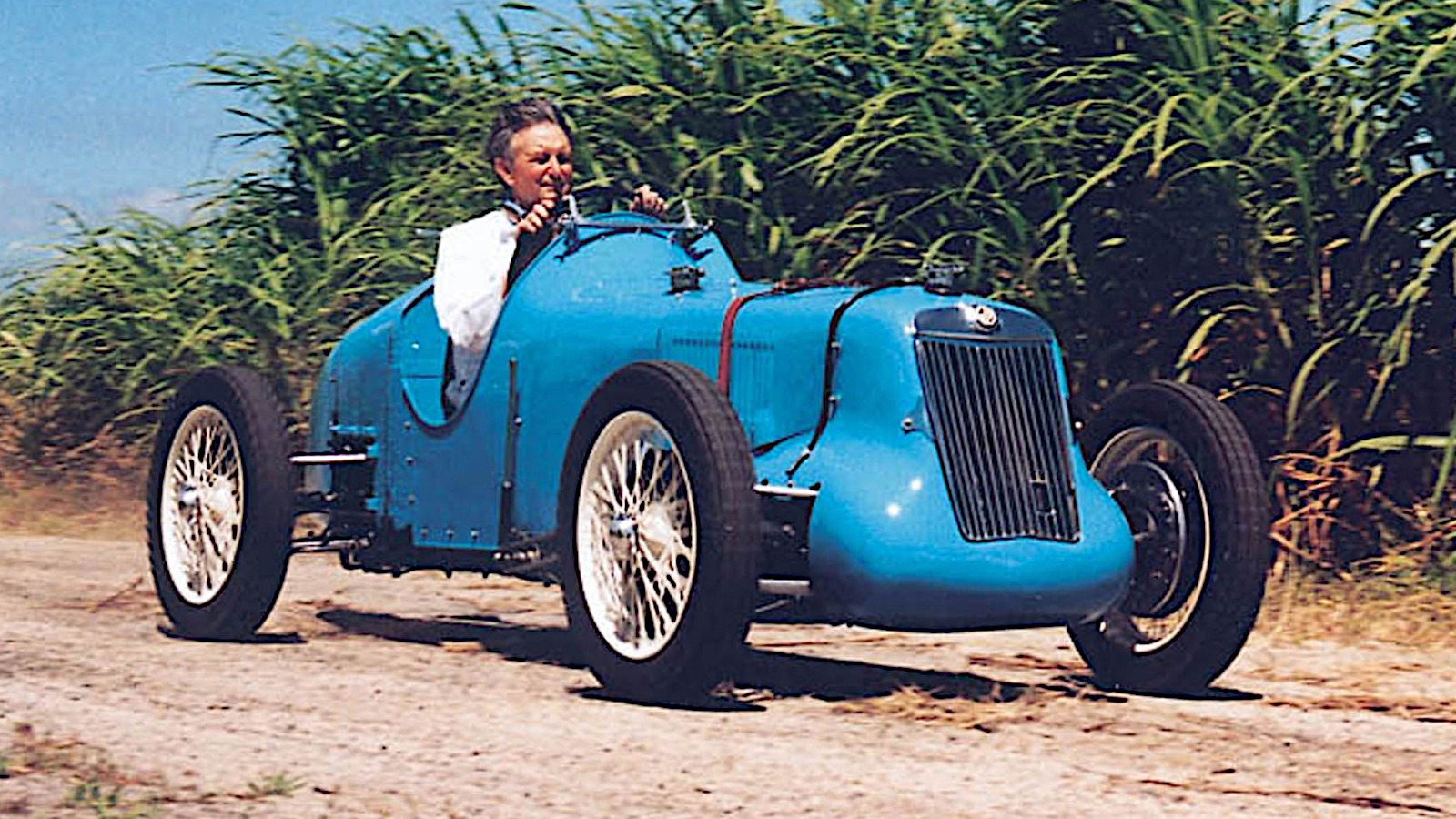 © MG Car Club
© MG Car Club -
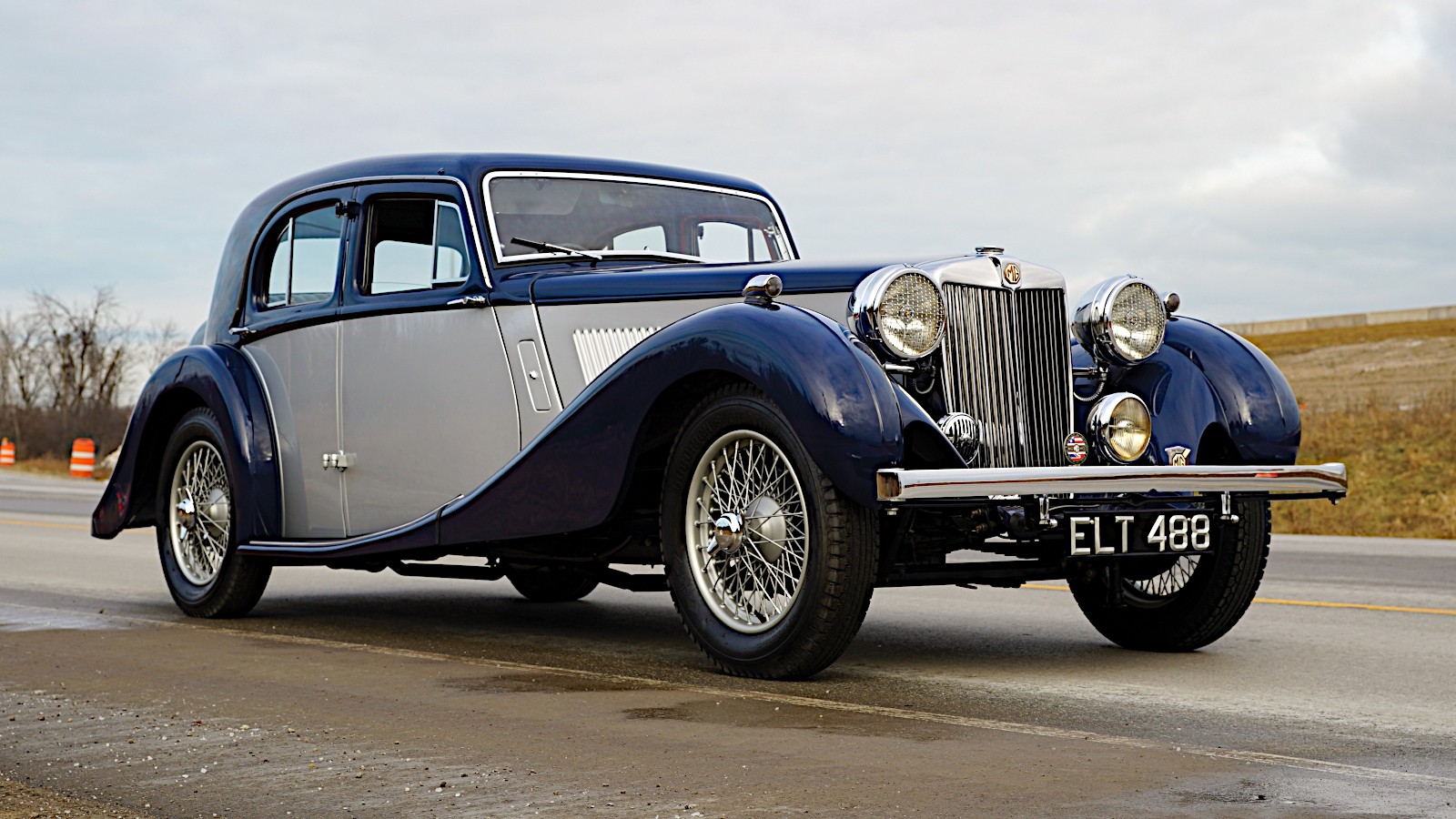 © RM Sotheby’s
© RM Sotheby’s -
 © RM Sotheby’s
© RM Sotheby’s -
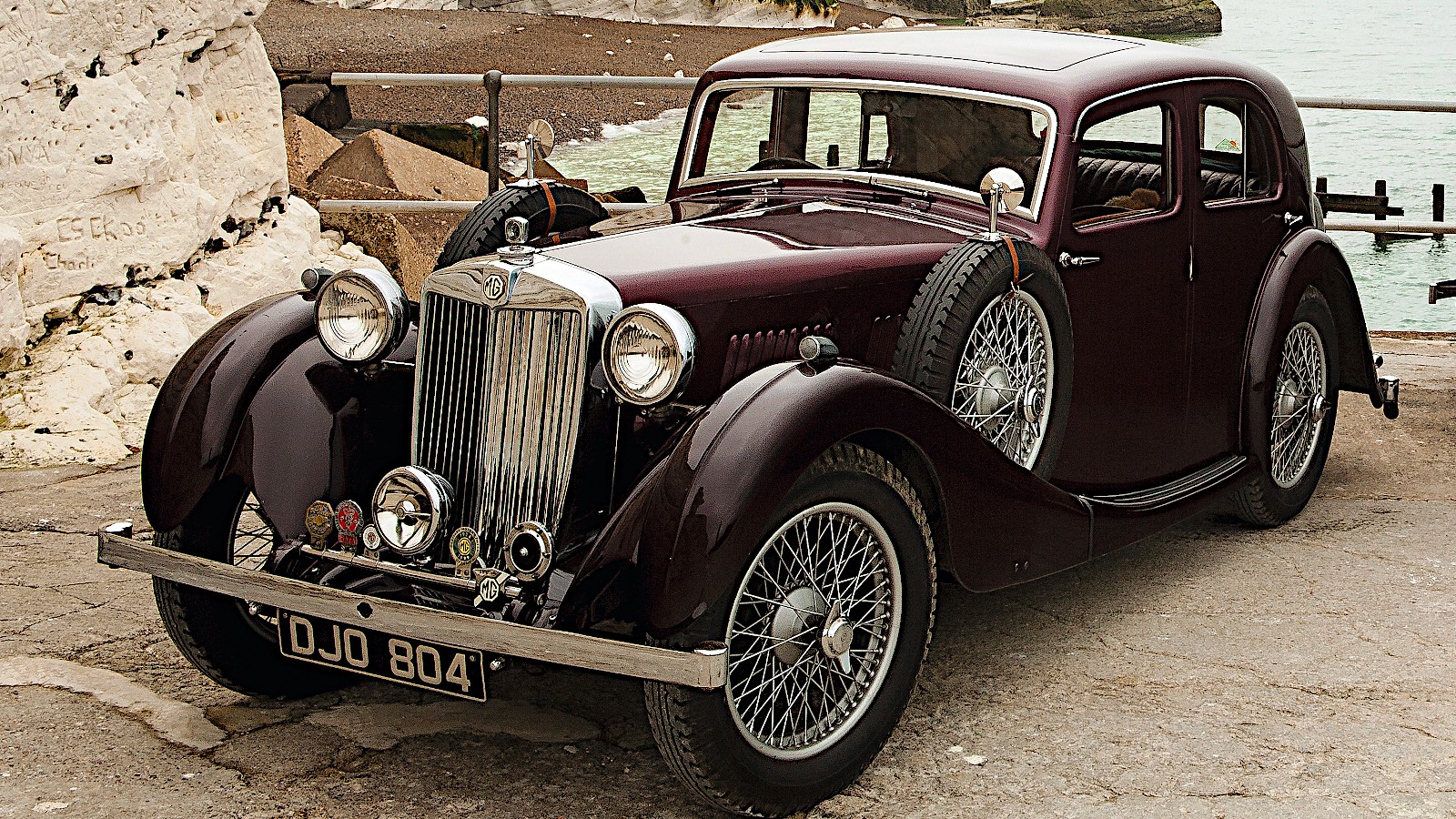 © Tony Baker/Classic & Sports Car
© Tony Baker/Classic & Sports Car -
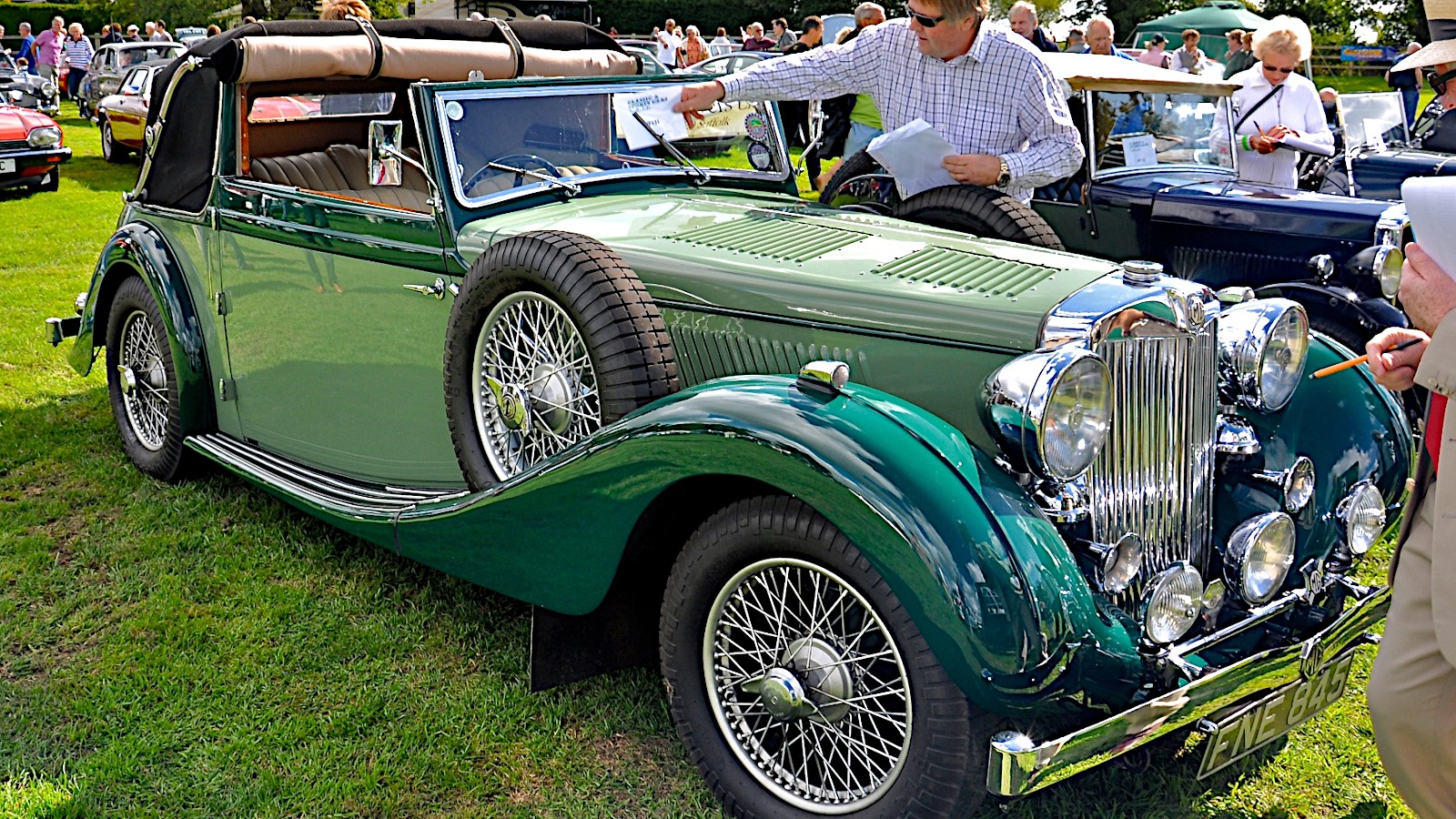 © Martin Pettitt/Creative Commons licence https://creativecommons.org/licenses/by/2.0/legalcode
© Martin Pettitt/Creative Commons licence https://creativecommons.org/licenses/by/2.0/legalcode -
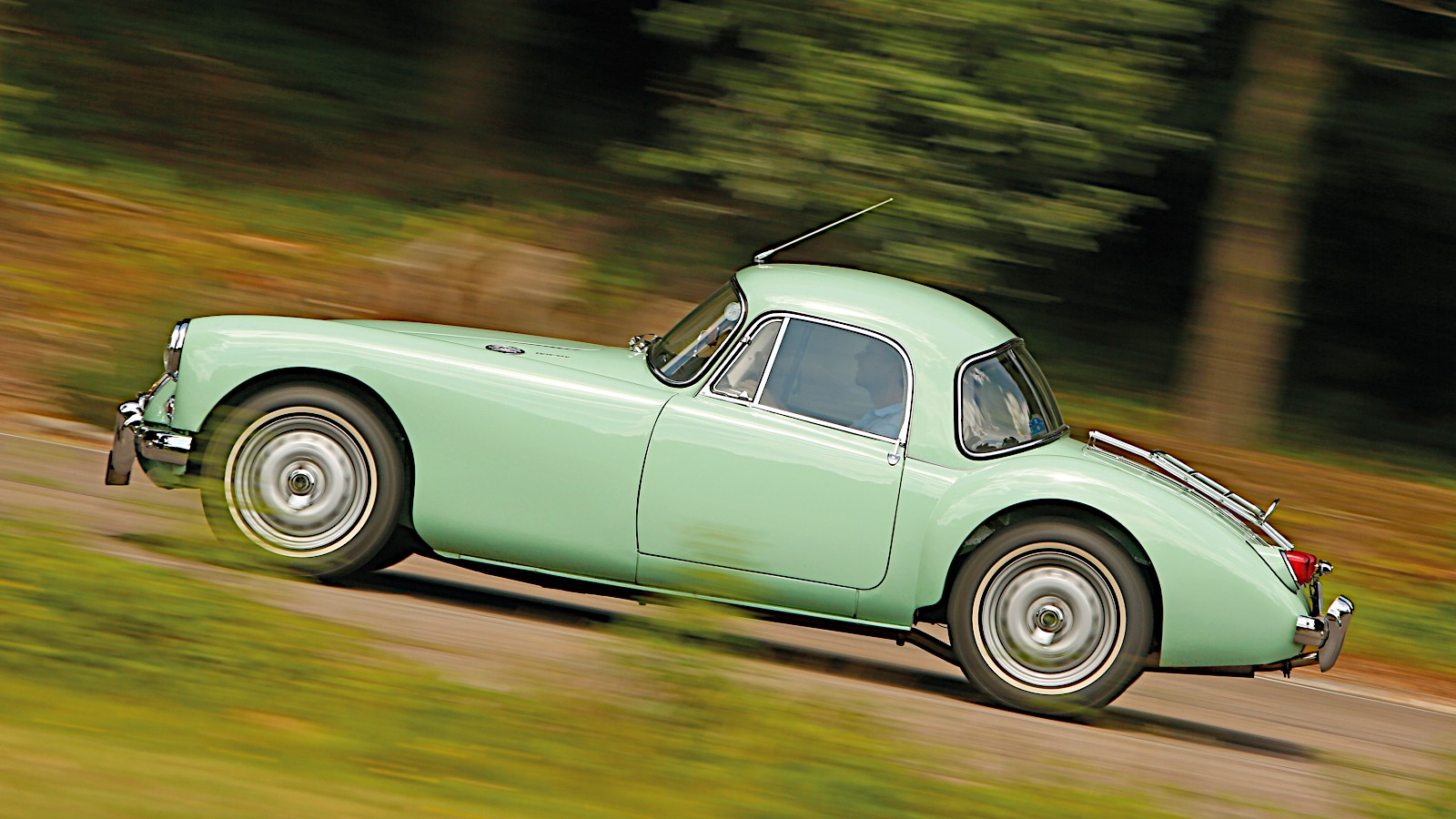 © Tony Baker/Classic & Sports Car
© Tony Baker/Classic & Sports Car -
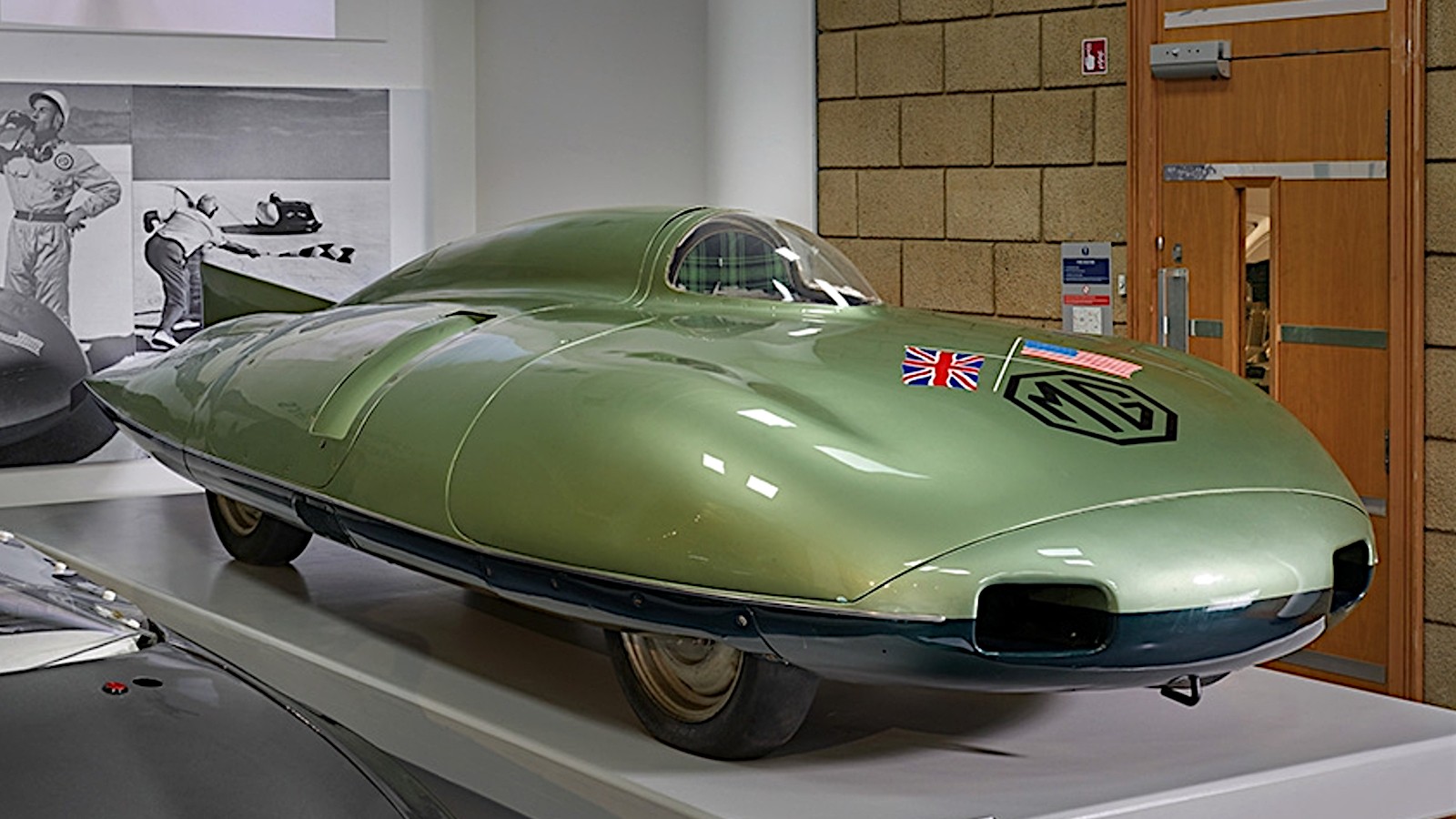 © Newspress
© Newspress -
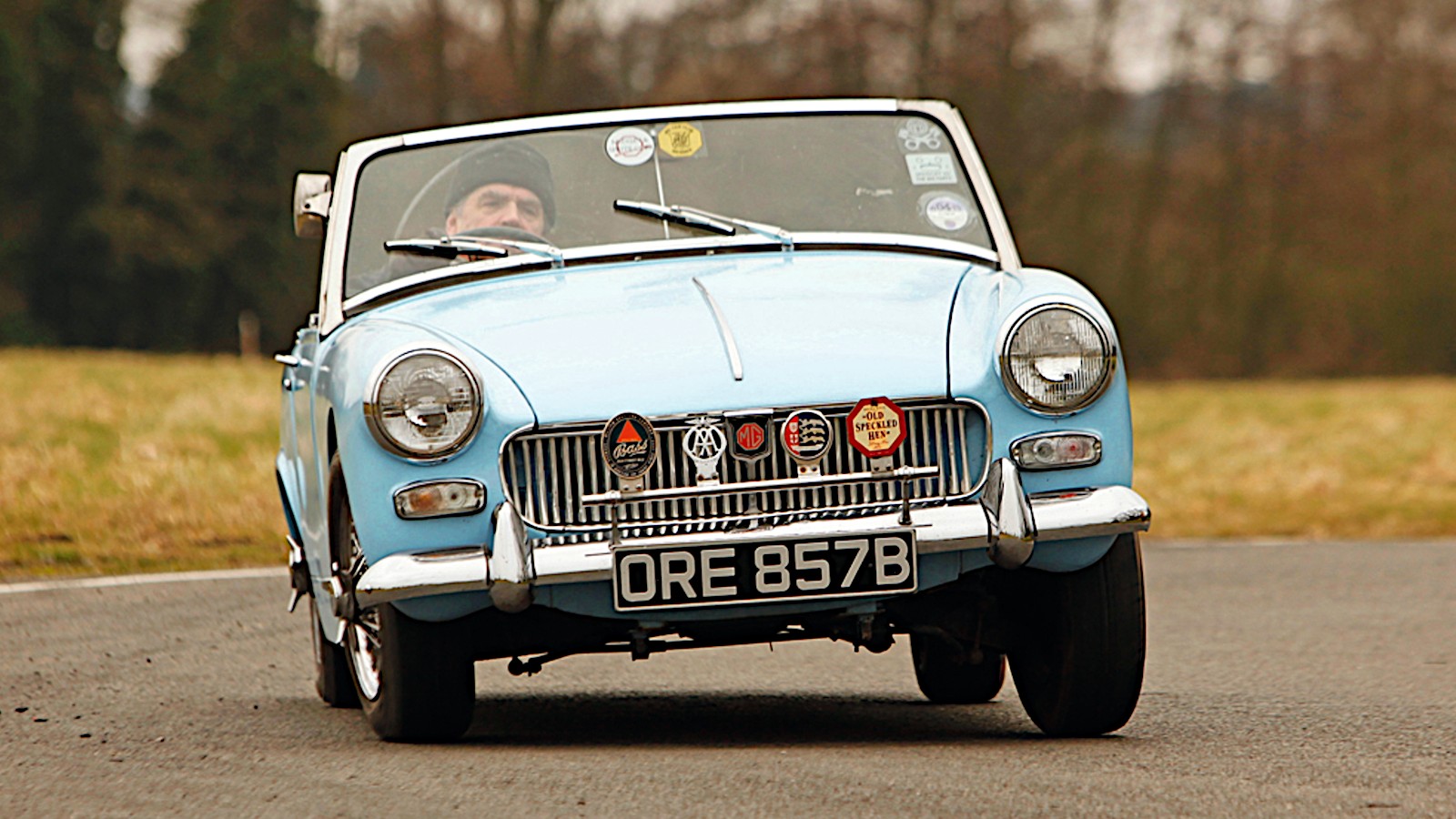 © Tony Baker/Classic & Sports Car
© Tony Baker/Classic & Sports Car -
 © James Mann/Classic & Sports Car
© James Mann/Classic & Sports Car -
 © Tony Baker/Classic & Sports Car
© Tony Baker/Classic & Sports Car -
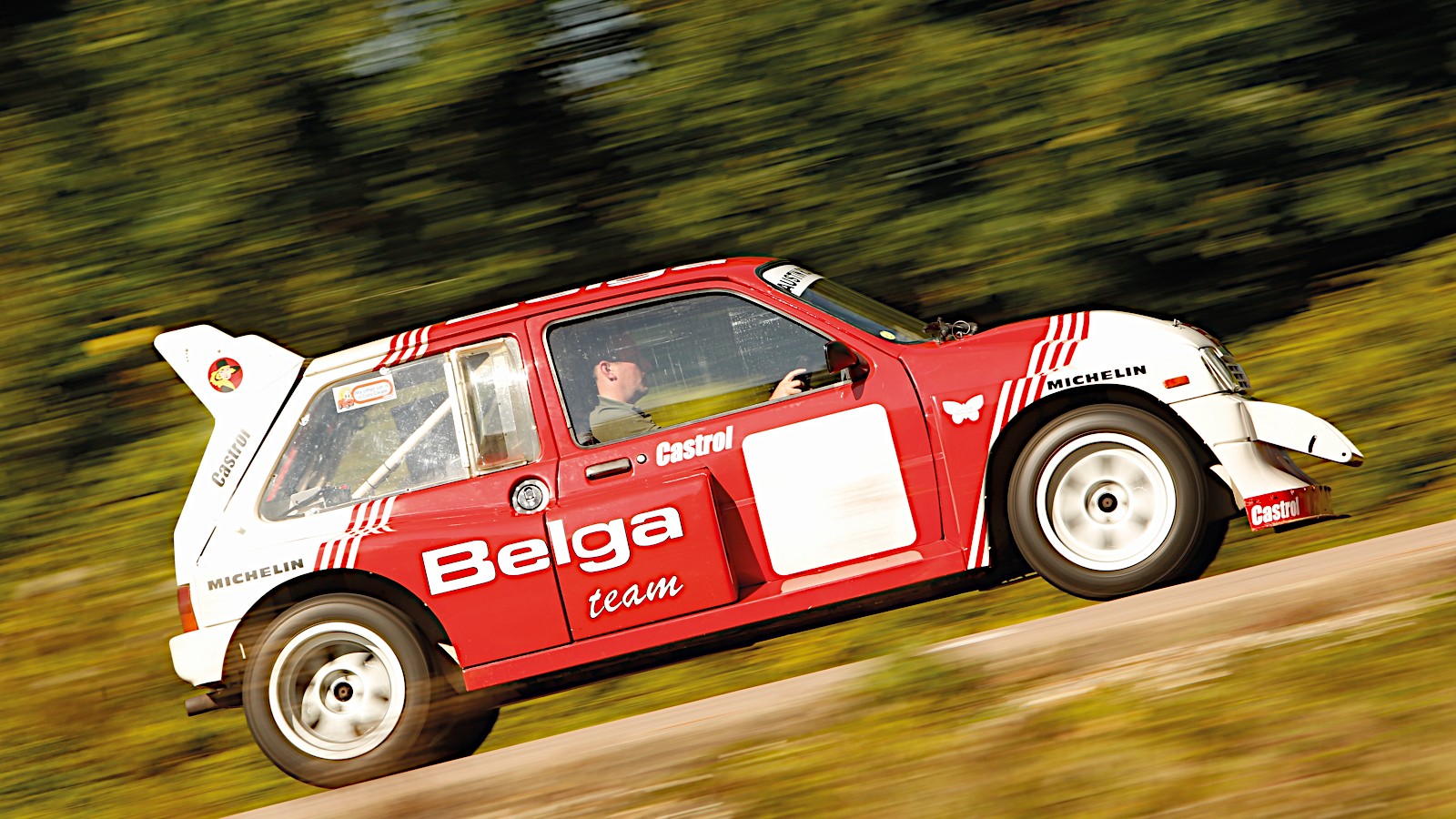 © Tony Baker/Classic & Sports Car
© Tony Baker/Classic & Sports Car -
 © Rover
© Rover
-
Those were the days
Although it is now in Chinese hands, MG has had a particularly British identity for most of its history.
That’s because of a series of very successful cars produced before the Second World War, and to some extent those which appeared after it despite an undeniable dilution of the brand.
Here is a selection of MG’s greatest hits, listed in chronological order.
-
1. MG 14/28
MG eased into existence, rather than having a definite start.
The earliest models were reworked versions of Morris cars converted by Cecil Kimber, who became General Manager of Morris Garages in the 1920s.
One notable example, which first appeared in 1924, was the 14/28, a rebodied and otherwise slightly modified version of the contemporary Morris Oxford.
Although it was advertised as an MG Super Sports, the 14/28 was still badged as a Morris, and retained the Oxford’s famous ‘bullnose’ radiator, though a ‘flat-rad’ design was introduced after a couple of years.
-
2. MG 14/40
The 14/28 evolved very slightly into the 14/40, though there was little difference between the two models.
Perhaps the most significant thing about the 14/40 was that it became the first car to wear the octagonal MG badge on its radiator.
Kimber denied that MG stood for Morris Garages, even though this would seem to make sense, and is reported to have claimed that although dots should be used – as in M.G. – they did not indicate that the letters were initials.
-
3. MG 18/80
Launched in 1928, the 18/80 represented a major step forward for MG.
While the 14/28 and 14/40 had both been powered by a 1.8-litre sidevalve four-cylinder engine, the 18/80 used a much more potent 2.5-litre overhead-cam straight-six.
It was also the first MG based on a completely new chassis, rather than one designed by Morris.
The Mk2 version of 1929 had a sturdier chassis and many heavier components than the original, which remained in production for more than a year.
Since the Mk2 weighed more and had no extra power, it was both more expensive and slower than the Mk1, and did not sell nearly as well.
-
4. MG M-type
Also known as the 8/33, and alternatively the first MG to be referred to as Midget, the M-type was a sporty derivative of the Morris Minor introduced in 1928.
On sale a year later, it appeared to be a step back, since it was far smaller than the 18/80, based on the same chassis as the Minor and powered by the smallest engine – an 847cc overhead-cam four-cylinder – yet found in an MG.
On the plus side, it was fun to drive, and although it cost nearly twice as much as the Minor it was still relatively affordable.
The M-type was the first of many very successful small MG sports cars. On seeing it at the 1928 Motor Show, The Autocar predicted that it “will make sports car history”, as indeed it did. In three and a half years, MG built 3235 examples, a figure it would not reach again until after the Second World War.
-
5. MG C-type
The C-type was a competition car powered by a derivative of the supercharged 743cc engine which pushed the EX120 record breaker to more than 100mph at Montlhéry in France, in February 1931.
MG built 14 C-types (whose engines measured 746cc thanks to a larger bore and shorter stroke) in just two weeks and took them to Brooklands in Surrey for the Double Twelve handicap race in May.
Of them, 13 started the event, and while several had problems, five of them took the top five places overall. Needless to say, MG also won the team prize.
The Double Twelve was regarded as one of the three most important races in the British Isles at the time, the others being the Irish Grand Prix at Phoenix Park in Dublin and the Tourist Trophy, held on a road course on Northern Ireland’s Ards peninsula. Later in 1931, MG C-types won those, too.
-
6. MG F-type
MG introduced two roadgoing four-seaters based on the C-type chassis in 1931.
One was the D-type, which had the same engine as the M-type Midget. This didn’t produce enough power for the car, which was disappointingly slow and sold in meagre numbers.
The MG F-type, also known as the Magna, was more impressive. Slightly longer than the D-type, it was powered by a 1.3-litre straight-six also used in the contemporary Wolseley Hornet.
As interesting as this seemed, the F-type wasn’t very quick either, but it filled a gap in MG’s range between the smaller Midget and the larger 18/80, and was the brand’s second-best seller during its short life.
-
7. MG J-type
By now producing new models at a phenomenal rate, MG revealed the beautiful little J-type, a successor to the first Midget, in August 1932.
Of the four versions produced, the J2 two-seater – based on the C-type chassis and powered by the 847cc engine – was by far the most successful, with more than 2000 built in less than two years. The four-seat J1 did not catch the public imagination to nearly the same extent.
The J3 was a supercharged 746cc version of the J2, while the J4, of which only nine were built, was the racing derivative of the J3 with larger brakes and a power output of 72bhp, double that of the J2.
The J4 (pictured) was considered difficult to handle, but the brilliant Irish driver Hugh Hamilton mastered it completely. In the 1933 Tourist Trophy, he was unlucky to finish 40 secs behind Grand Prix star Tazio Nuvolari’s MG K3 after losing four mins during a disastrous pitstop.
-
8. MG K-type
Introduced a few months later than the J-type, the larger K-type, also known as the Magnette, came in a bewildering variety of forms, with several distinctly different chassis, bodies, gearboxes and versions of the little straight-six engine, which measured either 1087cc or 1271cc.
In road trim, the K-type was not a great success, but the supercharged K3 race version (pictured) was one of MG’s greatest cars.
As previously mentioned, Tazio Nuvolari won the 1933 Tourist Trophy in one of these (partly thanks to the misfortunes which befell Hugh Hamilton), despite never having sat in the car before and being puzzled by its preselector gearbox.
By that time, three K3s had also competed in the Mille Miglia. One of them retired, but the others dominated the 1100cc class and won the team prize for MG.
-
9. MG P-type
The very popular J-type was replaced in 1934 by the next model in the Midget line, officially known as the P-type.
The two cars looked similar, but a larger (and stiffer) chassis allowed MG to offer more passenger room in the P-type. The 847cc engine’s crankshaft was now supported by three bearings rather than two, in an attempt to eliminate the J-type’s most serious reliability problem.
In 1935, the engine was enlarged to 939cc, a closer-ratio gearbox was fitted and the car was renamed PB, while the original version became the PA.
When PB production began there were still several unsold PAs in stock, but despite a significant price drop they became very difficult to sell, and the last 27 were converted to PB specification so that MG could get rid of them.
-
10. MG N-type
Ignoring alphabetical order, MG introduced the N-type Magnette a few weeks later than the P-type.
At first glance, it seemed to be powered by the familiar 1271cc straight-six engine (which MG pretended was actually a 1286), but this unit had been thoroughly updated with a new cylinder head and block.
The least elegant N-type, though possibly the most important, was the NE racer. The regulations for the Tourist Trophy were changed in 1934 to prohibit supercharged cars.
MG set to work on the N-type’s engine and increased its power output to 74bhp. Charles Dodson drove the NE to victory (by the admittedly small margin of just 17 secs after six hours of competition), repeating Nuvolari’s success in the K3 the previous year.
-
11. MG Q-type
The MG Q-type of 1934 was built largely from components already used in the roadgoing P-type and N-type, but that didn’t prevent it from being a formidable racing car.
It was dominated by the little 746cc four-cylinder engine, now enhanced by a supercharger made by Zoller.
Even in a mild state of tune, the engine could easily produce more than 100bhp, and would eventually reach 146bhp. This was the equivalent of nearly 200bhp per litre, a figure unmatched even by Grand Prix motors of the same year.
Like the J4, the Q-type had more power than it could cope with. According to MG’s Alec Hounslow, “You never see a picture of a Q-type with all four wheels on the deck. For Brooklands we had to fit grab-handles on the floor so that the [riding] mechanic could keep himself inside the car.”
-
12. MG R-type
The Q-type engine was fitted to a car worthy of it in 1935.
The R-type, which looked like a miniature version of a contemporary Grand Prix car, was the first MG single-seater, and the first with all-round independent suspension.
In these respects, MG got the R-type absolutely right, but it quickly became clear that the suspension set-up didn’t work. A new one was devised for the Mk2 R-type, which would have been a phenomenal machine if it had ever been built.
Unfortunately, it wasn’t. Morris Motors, then under the management of Leonard Lord, took over MG at this time and cancelled the hugely successful racing programme almost immediately.
-
13. MG SA
The SA was also known as the Two-Litre, and its pushrod straight-six engine did indeed have a capacity of 2.0 litres when it was fitted to a Wolseley.
MG raised it to 2.2 litres before production began in response to the announcement of a new 2.5-litre Jaguar, the first car of that name from the company then known as SS Cars. It was later extended slightly further to 2.3 litres.
The SA was the largest car MG had yet built, and with just 75bhp available to push a ton and a half it wasn’t quick. Enthusiasts were alarmed by the whole business, but the SA proved to be a fine high-speed cruiser, and was soon praised for being splendid to drive.
MG built 2738 examples, with three body styles, from 1936 until 1939, making this (briefly) the most common model since the M-type Midget.
-
14. MG T-type
Following the example of the SA, the new Midget was larger and less sporty than its predecessors, and was the first of that series with a pushrod rather than an overhead-cam engine.
Despite this, MG built more than 3000 TAs, as they were known, and continued developing the model for 19 years before finally discontinuing it in 1955, by which time its 1930s appearance had become quite anachronistic.
The most successful model in the range was the TD, manufactured from 1949 to 1953. Nearly 30,000 were built, and most of them were exported to the US, where customers had started taking an interest in MG when the earlier TC became available to them.
-
15. MG VA
MG enthusiasts who didn’t like the SA weren’t going to be impressed by the similar-looking VA either.
Fitted with a 1.5-litre four-cylinder engine, it suffered from the same power-to-weight ratio problem as the larger SA, and didn’t perform the way some people felt an MG should.
On the other hand, it was comfortable and pleasant to drive, just like the SA, and it found customers who wanted this sort of thing from an MG.
-
16. MG WA
No 20th-century MG contradicted the brand’s reputation for nimble sports cars to quite the extent that the WA did.
It was the company’s most luxurious model of the time, and at just under 16 feet it remains one of the longest production vehicles ever to wear the MG badge. It also had the company’s largest engine so far, a 2.6-litre derivative of the SA’s straight-six.
If it had been introduced a few years earlier, MG history might have been very different. But it came out near the end of 1938, just months before the world exploded into war and luxury cars became almost entirely irrelevant.
Like the SA and VA, the WA was dropped in 1939, after only 369 units had been built – these models weren’t brought back into production when peace returned.
-
17. MGA
MG’s first post-war models were the slow-selling and very old-fashioned Y-type saloon and its more successful follow-up, the Z-type Magnette, which caused offence among the faithful because it was basically a Wolseley with an Austin engine and therefore not a ‘real MG’ at all.
The MGA sports car was a different story. It was startlingly modern for 1955, and found approximately 100,000 customers in seven years – easily a record for the marque.
Its engine, part of the BMC B-series family, started out at just under 1.5 litres and was gradually extended to a little more than 1.6.
A powerful Twin Cam version brought MG a lot of success in motorsport, but required higher-octane fuel than was generally available to the public. Disastrous reliability brought production to a halt after only around 2000 cars with this engine had been built.
-
18. MG EX181
Nicknamed the Roaring Raindrop and powered by a supercharged version of the MGA Twin Cam engine producing nearly 300bhp, EX181 was the fastest of MG’s many record-breaking cars.
In 1957, Stirling Moss drove it across the Bonneville Salt Flats in Utah at an average speed of 245.11mph, the highest speed yet achieved by a 1.5-litre machine.
Two years later, after a slight capacity increase to move the car into the 2.0-litre class, future Formula One World Champion and former MG TC owner Phil Hill went even faster, at 254.91mph.
EX181 was designed to go quickly rather than to slow down. “It took about four of five kilometres to get the blessed thing stopped with just one puny little brake,” Hill said after his run.
-
19. MG Midget
The first MG to be given Midget as its official model name was introduced in late 1961 and kept going for 18 years, by which time more than 200,000 examples had been built.
To the early irritation of MG enthusiasts, it was essentially a rebadged Austin-Healey Sprite. The first, second (pictured) and third generations of the Midget corresponded to the second, third and fourth Sprites – there was no MG equivalent of the original Sprite, known as the Frogeye or, in the US, the Bugeye.
Midgets were powered by BMC A-series engines ranging in capacity from 948cc to 1275cc until 1974, when the A-series was replaced by a 1.5-litre Triumph unit.
This did not apply to the Sprite, which was no longer in production. The Austin-Healey brand had been discontinued two years earlier.
-
20. MGB
The MGA’s replacement, launched in 1962, had unibody construction (rather than a separate body and chassis) and a larger, 1.8-litre version of the BMC B-series engine, and was far roomier inside despite being smaller overall.
Available as both a roadster and a coupé, the latter named MGB GT (pictured), the car remained in production until 1980, and was the first MG to achieve sales of more than half a million.
The MGC derivative was powered by a 3.0-litre straight-six engine which provided a lot more performance, but was significantly heavier than the B-series four-cylinder.
Press reports were very critical, particularly on the subjects of handling and low-rev power, and the MGC was abandoned in 1969 after just two years.
-
21. MGB GT V8
MG’s second attempt at a more powerful MGB was the GT V8, which was fitted with the 3.5-litre engine created by Buick, but taken over and substantially developed by Rover.
There is widespread agreement that the GT V8 was a superior car to the MGC, but although it was in production for longer (from late 1972 to mid 1976), only 2591 were built, compared with around 9000 MGCs.
In a sense, the GT V8 made a comeback in 1992, when MG launched the RV8. Based on bodies built by British Motor Heritage, it was powered by a 3.9-litre version of the same engine, and remained on sale for three years.
-
22. MG Metro 6R4
Although the earliest models had been little more than rebodied Morrises, sticking octagon badges on high-performance versions of the Metro, Maestro and Montego in the 1980s did not generally go down well with MG lovers.
But there was far more to the 6R4 than that. Although it looked a little like a regular Metro, it was festooned with aerodynamic aids and had a 3.0-litre V6 mounted where the rear seats would normally be, driving all four wheels.
Choosing a large, naturally aspirated engine rather than a smaller turbocharged one went against the conventional wisdom for a car intended to compete in international rallying, but what really killed the project was the discontinuation of the Group B category in 1987.
Yet the 6R4 is still one of the most charismatic rally cars ever made, even if it didn’t win very much. It went on to compete very successfully in rallycross, and can still be found rallying at national level today.
-
23. MGF
The MGF – or MGF as Rover initially insisted it should be called in print – was the last MG of the 20th century and the brand’s first sports car since the MGB was discontinued in 1980.
Launched in 1995, it was a two-seater with a mid-mounted Rover K-series engine (of 1.6 or 1.8 litres, depending on model) and Hydragas suspension.
Relatively inexpensive and fun to drive, it proved to be very popular. It was replaced in 2002 by the MG TF, which was a development of the same car with conventional suspension.
